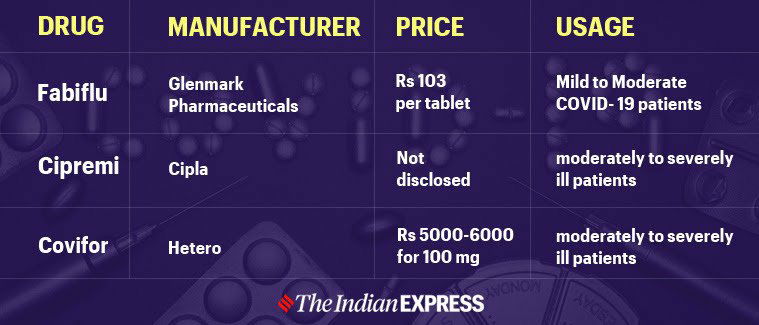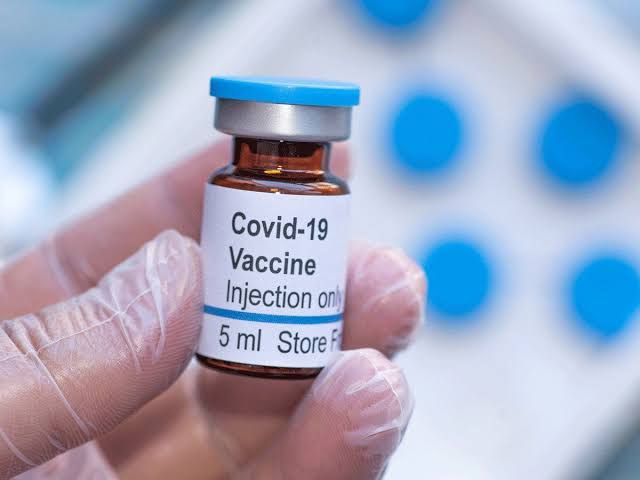Drugs and Cosmetics Act 1940 and Rules 1945
The Drugs and Cosmetics Act of 1940 is an Indian law that governs the import, production, and distribution of drugs in the country. The act's principal goal is to ensure that pharmaceuticals and cosmetics sold in India are safe, effective, and meet state quality standards.
The accompanying Drugs and Cosmetics Rules, 1945, contain requirements for classifying drugs into schedules, as well as requirements for storing, selling, displaying, and prescribing each category.
History - chain of events
This act can be considered as landmark in the history of drug legislation in India.
It is Act no. 23 of 1940 and was introduced on 5th April, 1940 and enacted on 10th April, 1940.
This act was passed to regulate the –
- Import of drugs in India by preventing the entry of spurious or substandard drug into the country
- Control over the sale and distribution of drugs by only trained & qualified personnel
- Production by prohibiting the manufacturing of substandard and spurious drugs in the country
- Control over the manufacture, sale and distribution of Ayurvedic, Siddha, Unani and Homeopathic drugs
- To carry out regular inspection of Licensed pharmacies or dispensaries by Registered Drug Inspectors
- To have control over the standards of Drugs and Cosmetics by taking samples and analysing them at approved test laboratories
- To provide special provisions to regulate the preparation, standardization and storage of biological and special products
- To describe the manner of labelling and packing of various classes of drugs and cosmetics
Salient features of the Drugs & Cosmetics Act, 1940
- Maximum penalty life imprisonment and fine of Rs. 10 lakhs or 3 times the value of the confiscated goods, whichever is more
- Some of the offences are non-bailable
- Besides officers from the Drug Controller’s Office, other gazette officers from Narcotics, Custom Office were also authorized to launch prosecution under the Act
- Specially designated courts for trial of offences covered under the Act
- Provision for compounding of minor offences.
Definitions (AS PER THE DRUGS AND COSMETICS ACT, 1940)
- Drugs Technical Advisory Board-DTAB
- Drugs Consultative Committee-D.C.C
- Central Drugs Laboratory – CDL
- Drug Control Laboratory in states
- Government Analysts
- Licensing authorities
- Controlling authorities
- Drug Inspectors
Drugs and Cosmetics, Rules 1945-
Different type of forms is also given for the different type of approvals from drug authorities.
Following are the schedules:
Schedule A: Forms and applications
Schedule B: Fees for test or analysis by the Central Drugs Laboratories or State Drugs Laboratories
Schedule C: Biological and Special Products
Schedule C(1): Other Special Products
Schedule D: Class of Drugs: Extent and conditions of the exemption
Schedule D(I): Information and undertaking required to be submitted by the manufacturer of his authorized agent with the application form for a Registration Certificate. The format shall be properly filled in for each application in Form 40. The detailed information, secret in nature, may be furnished on a computer floppy.
Schedule D(II): Information required to be submitted by the manufacturer or his authorized agent with the application form for the registration of a bulk drug/formulation/special product for its import into India. The format shall be properly filled in and the detailed information, secret in nature, may be furnished on a computer floppy.
Schedule E: Omitted
Schedule E(1): List of Poisonous Substances under the Ayurvedic (including Siddha) and Unani Systems of Medicine
Schedule F:
Part I to Part XII-A: Omitted
Part XII-B: Requirements for the functioning and operation of a Blood Bank and/ or for preparation of Blood Components
(I) Blood Banks/ Blood Components
(II) Blood Donation Camps
(III) Processing of Blood Components from whole blood by a Blood Bank
Part XII-C:
(I) Requirements for manufacture of Blood Products
(II) Requirements for manufacture of Blood products from bulk finished products
Part XIII: General
Schedule F(I):
Part I: Vaccines
(A) Provisions applicable to the production of Bacterial Vaccines
(B) Provisions applicable to the production of Viral Vaccines
Part II: Antisera
Provisions applicable to the production of all sera from living animals
Part II: Diagnostic Antigens
Provisions applicable to the manufacture and standardization of Diagnostic Agents (Bacterial Origin)
Part IV: General
Schedule F(II): Standards for Surgical Dressings
Schedule FF: Standards for Ophthalmic Preparations
Schedule G:
Schedule H: Prescription Drugs
Schedule I: Omitted
Schedule J: Disease and ailment (by whatever name described ) which a drug does not purport to prevent or cure.
Schedule K: Class of drug: Extent and conditions of the exemption
Schedule L1: Good Laboratory Practice
Schedule M: Good manufacturing practices and requirements of premises, plant and equipment for Pharmaceutical product.
Part I: Good manufacturing practices for premises and materials.
Part I-A: Specific requirements for manufacture of sterile products, parenteral preparation (small volume injectables and large volume parenteral) and sterile ophthalmic preparation.
Part I-B: Specific requirement for manufacturing of oral solid dosage forms (Tablet and Capsules).
Part I-C: Specific requirement for manufacture of oral liquids (Syrups, elixirs, emulsions and suspensions).
Part I-D: Specific requirements for manufacture of topical products i.e. external preparation (creams, ointments, pastes, emulsions, lotions, solutions, dusting powders and identical products)
Part I-E: Specific requirements for manufacture of metered-dose-inhalers (MDI)
Part I-F: Specific requirements of premises, plant and materials for manufacture of active pharmaceutical ingredients ( Bulk Drugs ).
Part II: Requirements of plant and equipment.
Schedule M-I:
2. Requirements of plants and equipment.
Schedule M-II: Requirements of factory premises for manufacture of cosmetics.
Schedule M-III: Requirements of factory premises for manufacture of medical devices.
Part I-B: Specific requirement for manufacturing of oral solid dosage forms (Tablet and Capsules).
Part I-C: Specific requirement for manufacture of oral liquids ( Syrup, elixirs, emulsions and suspensions).
Part I-D: Specific requirements for manufacture of topical products i.e. external preparation ( creams, ointments, pastes, emulsions, lotions, solutions, dusting powders and identical products )
Part I-E: Specific requirements for manufacture of metered-dose-inhalers (MDI)
Part I-F: Specific requirements of premises, plant and materials for manufacture of active pharmaceutical ingredients (Bulk Drugs).
Part II: Requirements of plant and equipment.
Schedule N: List of Minimum Equipment for the Efficient Running of a Pharmacy
Schedule O: Standard for Disinfectant Fluids
Schedule P: Life Period of Drugs
Schedule P1: Pack Sizes of Drugs
Schedule Q: List of Dyes, colors and Pigments permitted to be used in Cosmetics and Soaps as given under IS: 4707 (Part I)-1988 as amended by the Bureau of Indian Standards
Schedule R: Standards for condoms made of rubber latex intended for single use and other mechanical contraceptives
Schedule S: Standard for cosmetics.
Schedule T: Good manufacturing practices for Ayurvedic, Siddha and all Unani medicines.
Schedule U:
III – Particulars to be recorded in the analytical records.
Schedule U(I):
II – Records of Raw Material.
Schedule V: Standards for patent or proprietary medicines.
Schedule W: Omitted
Schedule X
Schedule Y: Requirements and guidelines for permission to import and/or manufacture of New Drug for sale or to undertake clinical Trials.
Summary
The Drug Act, as it was initially termed, was passed in 1940. The initial statute was drafted in response to the Chopra Committee's recommendations from 1930. In 1945, the Drugs Rules were enacted. The legislation has been amended numerous times since 1940, and it is currently known as the Drugs and Cosmetics Act, 1940.
The act's definition of "drug" encompasses a wide range of substances, diagnostics, and medical equipment.
The statute defines "cosmetic" as any product intended for use on the human body for the purpose of beautification or cleaning.
Soaps, on the other hand, are not included in the definition. The statute was revised in 1964 to cover Ayurvedic and Unani medications.
The act's Section 16 establishes quality criteria for pharmaceuticals. The term "misbranding" is defined in Section 17. If a medicine purports to have more therapeutic benefit than it actually does, it is deemed misbranded. Under Section 18, the manufacturer of such a medicine may be requested to stop producing it. Fake and contaminated pharmaceuticals are dealt with under Section 27.
More of the drug's components must be listed on the label, according to the act.
REFERENCE-


Comments
Post a Comment